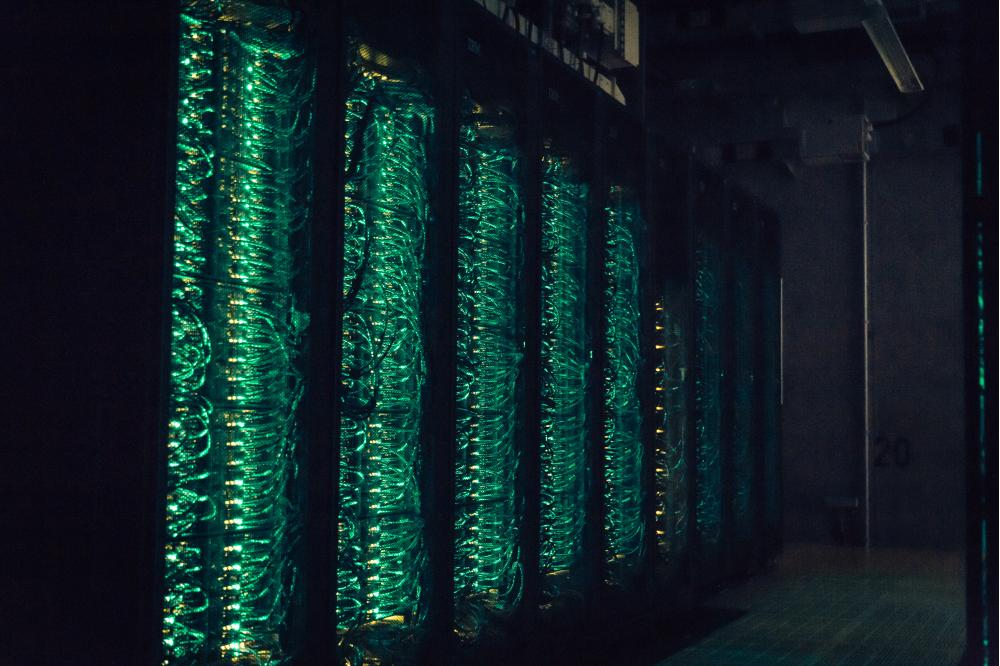Thermodynamic Mechanism of the Osmolyte Effects on the Folding/ Unfolding Equilibrium of (Bio)macromolecules in Aqueous Solution
Einleitung
Macromolecules in aqueous solution, such as water soluble polymers or proteins, coexist as an ensemble of folded states in equilibrium with an ensemble of unfolded states. This equilibrium can be perturbed either to one or the other state by altering the thermodynamic conditions (temperature or pressure) of the medium or by changing the chemical composition of the solution upon addition of chemical compounds. Chemical compounds that preferentially bind to the folded state are called protective osmolytes and shift the equilibrium towards the folded state. Denaturants on the other hand preferentially bind to the unfolded state and shift the equilibrium towards the unfolded state. The molecular mechanisms that drive preferential binding are important in questions related to protein stability and polymer coil-to-globule transitions; a complete understanding is however still lacking.
Methoden
Traditionally it has been considered that protective osmolytes are depleted from the macromolecule first solvation shell, leading to entropic stabilization of the folded state. However recent theoretical and experimental studies suggest that protective osmolytes may directly interact with the macromolecule. As an exemplary and experimentally well-characterized system, we have studied poly(N-isopropylacrylamide) (PNiPAM) in water whose folding/unfolding equilibrium shifts toward the folded state in the presence of urea. Based on fully atomistic Molecular Dynamics we show that urea preferentially accumulates in the first solvation shell of PNiPAM driven by attractive Van der Waals dispersion forces.[1]
Ergebnisse
Solvation thermodynamics analysis of the folded and unfolded states discards direct urea/macromolecule interactions as driving force of the folding mechanism. We instead find that entropic penalization of unfolded polymer chains upon increasing urea concentration drives the collapse of the polymer chain. Unfavorable entropy contribution to the excess chemical potential of unfolded PNiPAM chains results from two urea effects: (1) an increasing cost of cavity formation with increasing urea, (2) larger fluctuations in the energy component corresponding to PNiPAM-(co)solvent attractive interactions. These energy fluctuations are particularly relevant at low urea concentrations (< 3 M) and result from attractive polymer-urea Van der Waals interactions that drive the formation of urea clouds but bias the spatial distribution of urea and water molecules with a corresponding reduction of the entropy.[2] The proposed mechanism provides a new angle on relations between the properties of protecting and denaturing osmolytes, salting-in or salting-out effects, and the emergent indirect role of bulk thermodynamic properties of the binary solvent on folding equilibria.
Ausblick
We are currently studying the effect of different biologically relevant protective osmolytes, denaturants and ions on the conformational folding/unfolding equilibrium of different kinds of water soluble polyacrylamides and other biopolymers.




